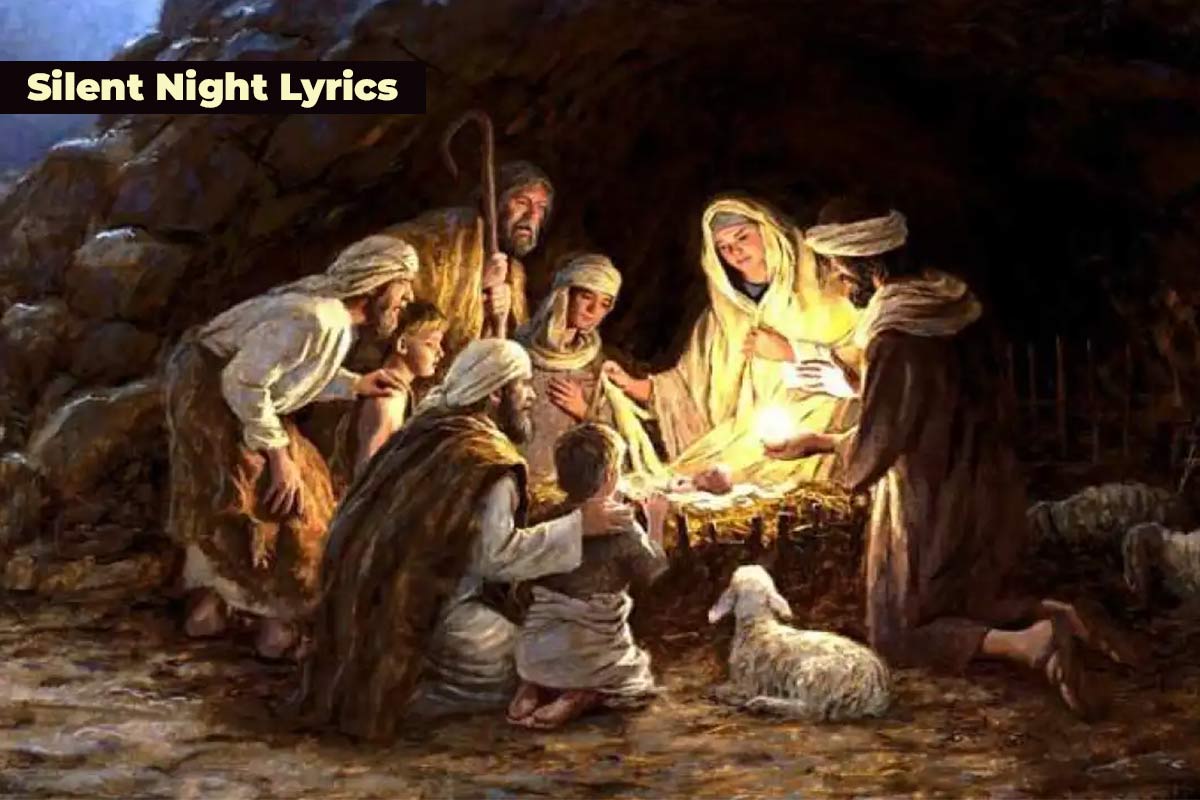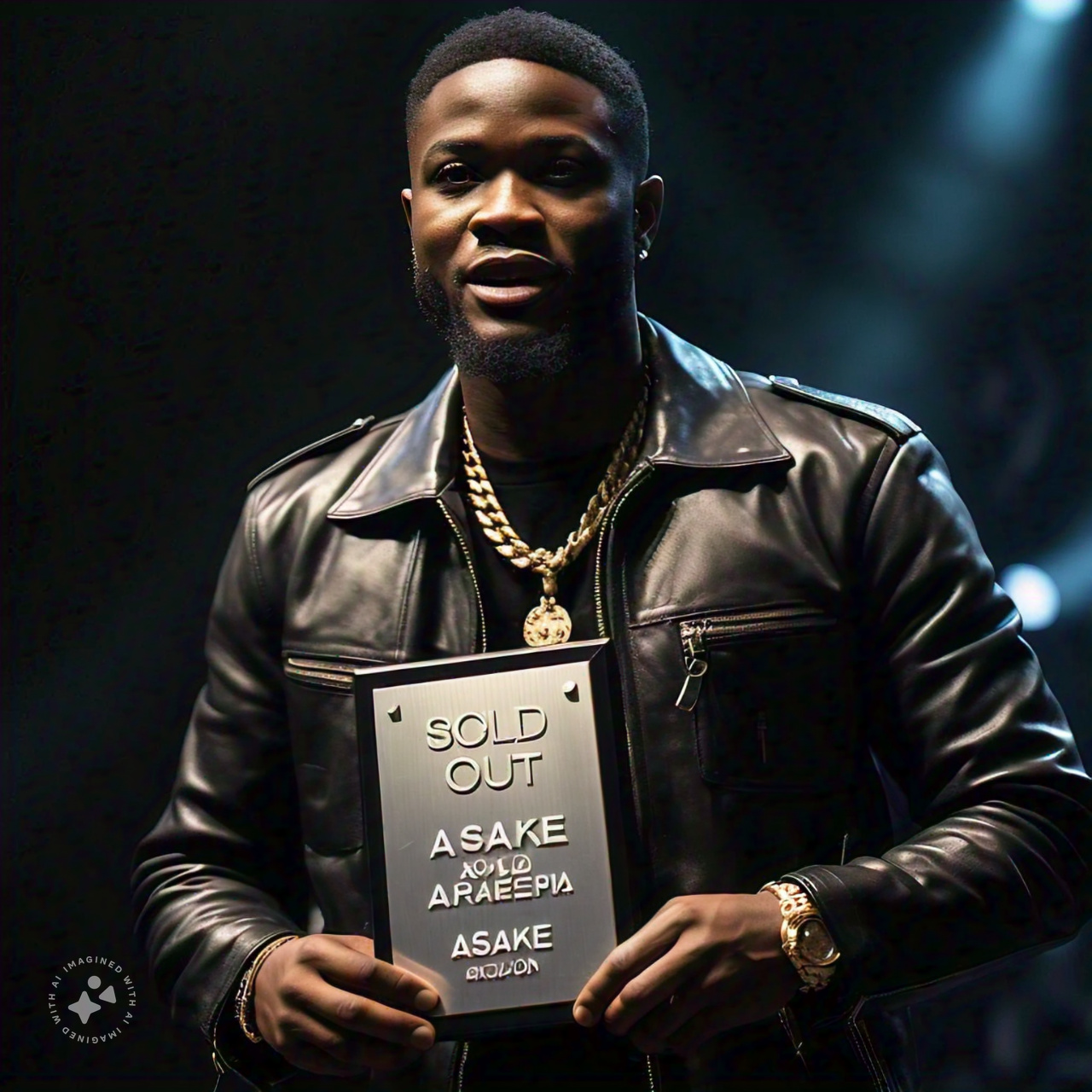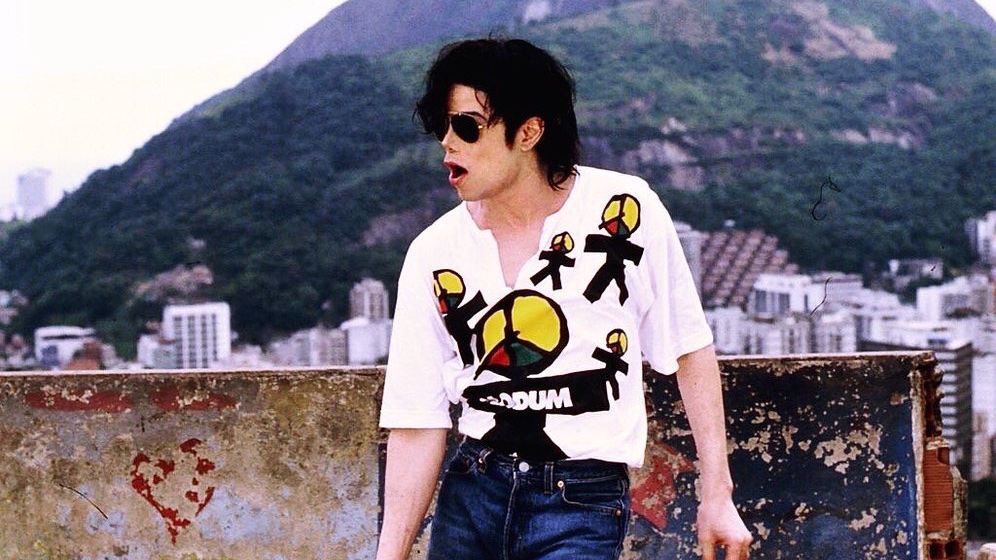The Enduring Legacy of “Silent Night”: A Closer Look at the Beloved Christmas Carol
“Silent Night” has been a staple of Christmas celebrations for centuries, and its enduring popularity was evident in the past day, as it emerged as the top searched song in the US. This beloved carol has been translated into over 300 languages and has been recorded by countless artists, but its origins and significance are often overlooked.
The Origins of “Silent Night”
“Silent Night” was composed in 1818 by Franz Xaver Gruber, an Austrian music teacher, and Joseph Mohr, a Catholic priest. The carol was written in Oberndorf, a small town in Austria, where Mohr was serving as a priest. According to legend, Mohr was tasked with creating a carol for the church’s Christmas Eve service, and he turned to Gruber for help. Gruber composed the melody, and Mohr wrote the lyrics, which were inspired by the Gospel of Luke.
The Cultural Impact of “Silent Night”
“Silent Night” has had a profound impact on Christmas traditions around the world. Its soothing melody and peaceful lyrics have made it a staple of holiday celebrations, and its message of love, hope, and redemption continues to resonate with people of all faiths. The carol has been translated into countless languages and has been recorded by artists ranging from Bing Crosby to Mariah Carey.
Why “Silent Night” Remains a Cherished Part of Holiday Traditions
So why does “Silent Night” continue to captivate audiences around the world? Here are a few reasons:
Timeless message: The lyrics of “Silent Night” convey a timeless message of love, hope, and redemption that continues to resonate with people of all faiths.
Soothing melody: The melody of “Silent Night” is instantly recognizable and has a soothing effect on listeners.
Nostalgia: For many people, “Silent Night” is a nostalgic reminder of childhood Christmas celebrations and holiday traditions.
Cultural significance: “Silent Night” has played a significant role in Christmas traditions around the world, and its performance is often seen as an integral part of holiday celebrations.
The Most Famous Recordings of “Silent Night”
Over the years, “Silent Night” has been recorded by countless artists, each bringing their unique interpretation to the beloved carol. Here are a few of the most famous recordings:
Bing Crosby: Bing Crosby’s 1935 recording of “Silent Night” is widely considered one of the greatest versions of the carol ever recorded.
Mariah Carey: Mariah Carey’s 1994 recording of “Silent Night” is a modern classic, featuring the singer’s signature whistle register and a soaring orchestral arrangement.
Frank Sinatra: Frank Sinatra’s 1948 recording of “Silent Night” is a jazzy, swinging take on the carol, featuring the singer’s smooth vocals and a lively big band arrangement.
How to Perform “Silent Night”
Whether you’re a seasoned musician or a beginner, performing “Silent Night” can be a fun and rewarding experience. Here are a few tips to help you get started:
Choose the right key: “Silent Night” can be performed in a variety of keys, but the most common keys are C major and G major.
Use a metronome: A metronome can help you keep a steady tempo, which is essential for performing “Silent Night.”
Practice, practice, practice: As with any musical performance, practice is key to performing “Silent Night” confidently and accurately.
Conclusion
“Silent Night” is a beloved Christmas carol that has been a staple of holiday celebrations for centuries. Its enduring popularity is a testament to its timeless message, soothing melody, and cultural significance. Whether you’re a musician, a music lover, or simply someone who appreciates the magic of the holiday season, “Silent Night” is a carol that is sure to captivate and inspire.
Frequently Asked Questions
Who wrote “Silent Night”?: “Silent Night” was written by Franz Xaver Gruber and Joseph Mohr.
When was “Silent Night” composed?: “Silent Night” was composed in 1818.
What is the most famous recording of “Silent Night”?: Bing Crosby’s 1935 recording of “Silent Night” is widely considered one of the greatest versions of the carol ever recorded.




